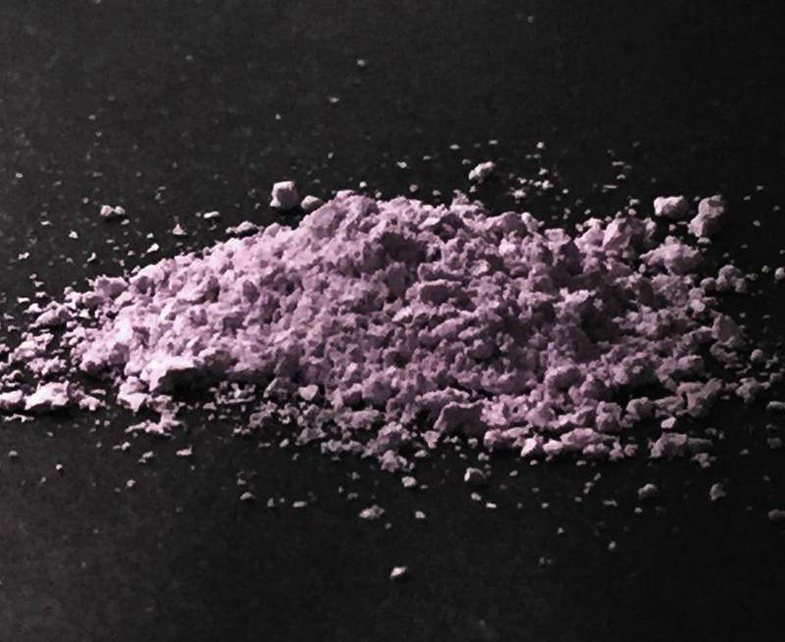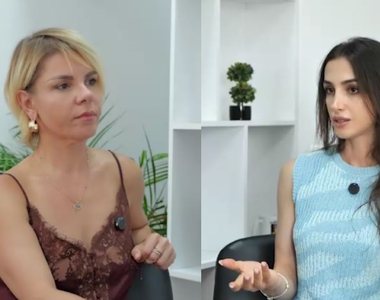
A drug concoction called "pink cocaine," consisting of an ever-changing array of substances, has become a dangerous and increasingly popular part of the club scene in American cities.
Most samples of this mixture contain at least one stimulant drug and one depressant (drugs used for sleep, stress and muscle spasms). Pink cocaine often includes ketamine, a dissociative anesthetic with hallucinogenic effects, and other drugs such as ecstasy, methamphetamine, opioids, and psychoactive substances.
"This mixture is usually very cheap, which attracts people to use it," said Dr. Linda Cottler, an epidemiologist who studies substance abuse at the University of Florida.
Even the term "pink cocaine" itself is a terminological error, since this mixture rarely contains cocaine, says Joseph Palamar, an associate professor at Langone Health University in New York.
The name probably comes from the fact that pink cocaine is sold in powder form and dyed with pink food coloring.
"These chemists try to create something they think people will like," says Dr. David E. Nichols, a pharmacologist at Purdue University who studies hallucinogens. "God knows what effects it might have."
In recent months, the mix-up has been linked to high-profile arrests. One of the cases was when Sean Combs was arrested in September, law enforcement found pink powder in his New York hotel room, according to a prosecutor. A lawsuit filed by music producer Rodney Jones Jr., alleging sexual misconduct, says pink cocaine was often present during Mr. Combs' travels.
Suggested Articles:





